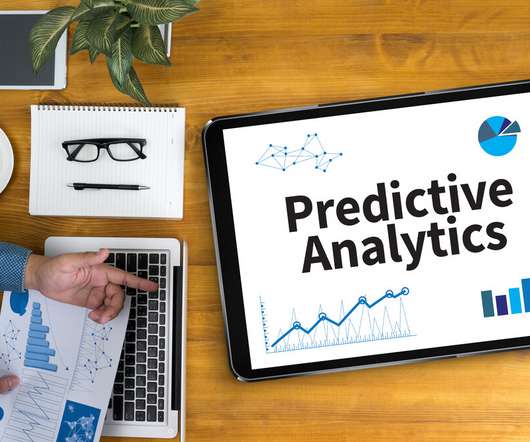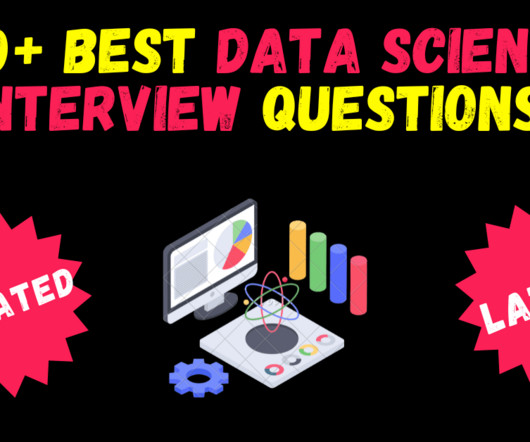Predictive Analytics: 4 Primary Aspects of Predictive Analytics
Smart Data Collective
SEPTEMBER 16, 2020
Predictive analytics, sometimes referred to as big data analytics, relies on aspects of data mining as well as algorithms to develop predictive models. These predictive models can be used by enterprise marketers to more effectively develop predictions of future user behaviors based on the sourced historical data.











Let's personalize your content